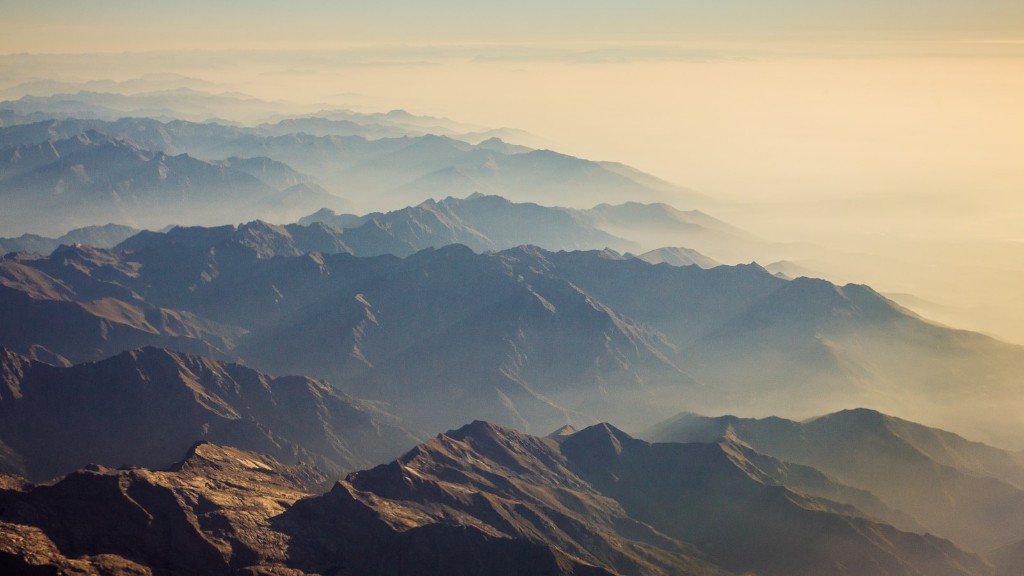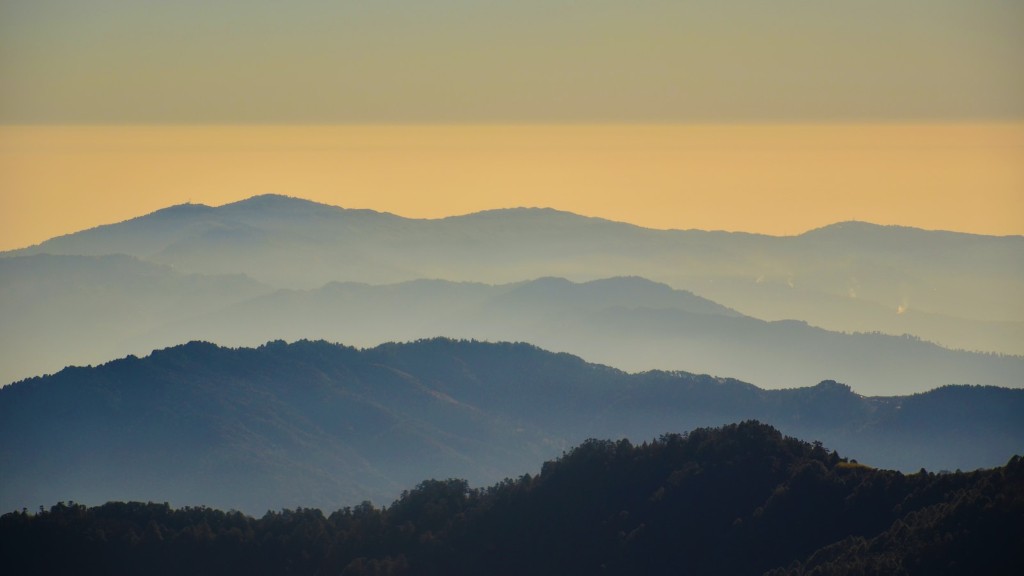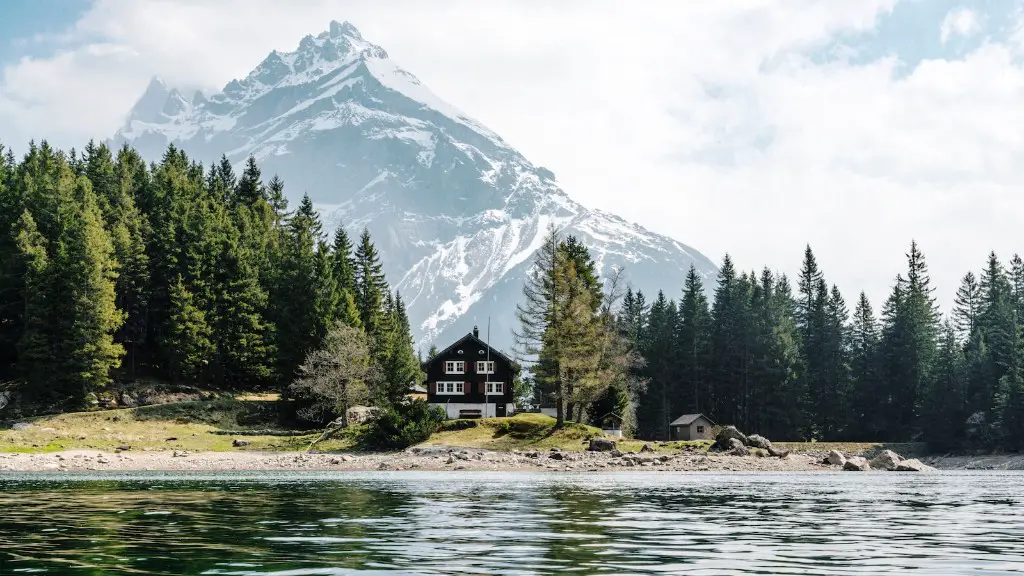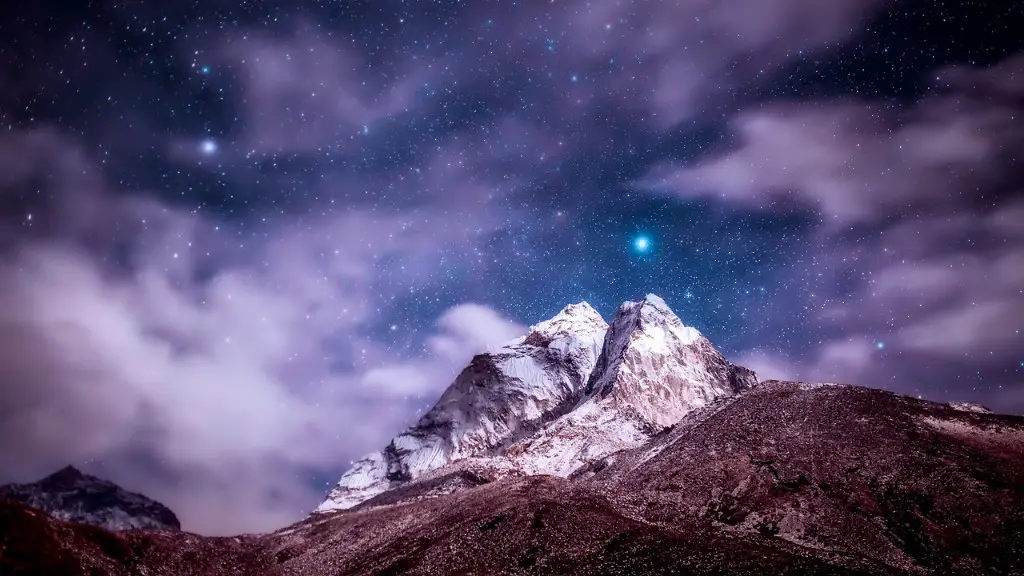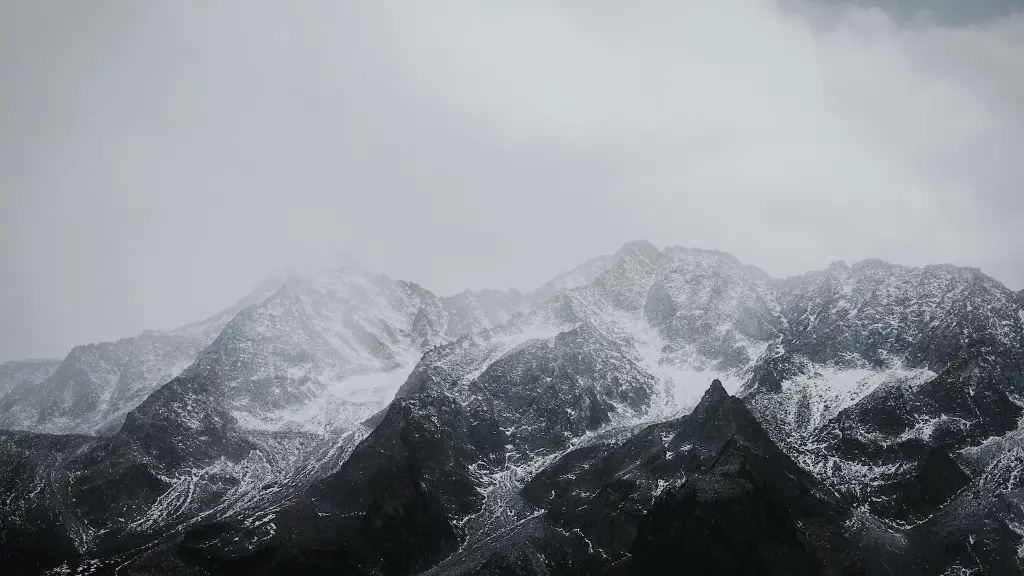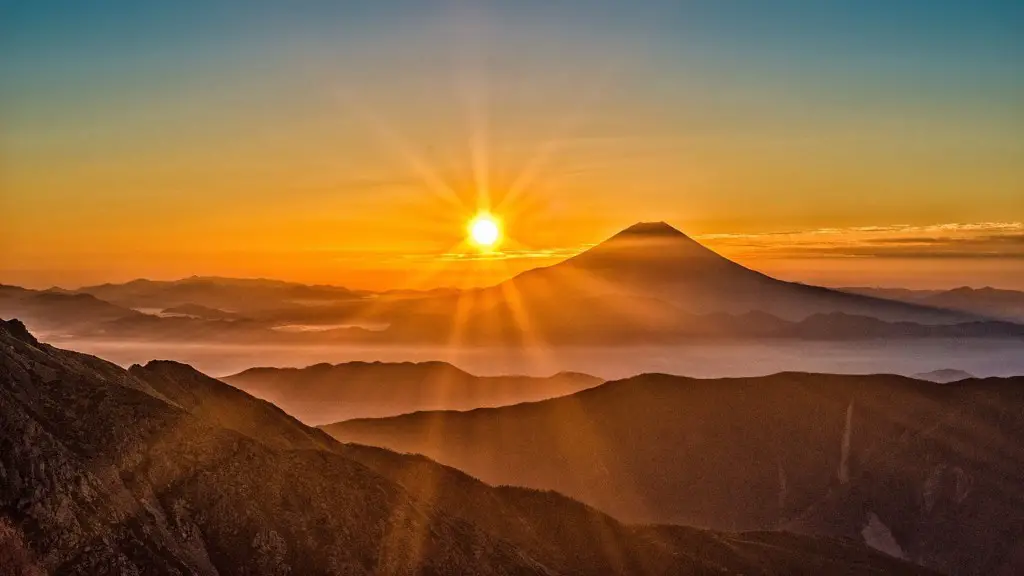Mount Everest was formed over 60 million years ago when two continental plates collided. The Indian continental plate was thrust underneath the Eurasian continental plate. The force of the collision caused the land to buckle and fold, creating the Himalayan mountain range. Mount Everest is the highest peak in the Himalayan mountain range.
The formation of Mount Everest began with the collision of two tectonic plates–the Indian Plate and the Eurasian Plate. The impact of the collision caused the rock at the boundary between the plates to be pushed up, forming a fold called the Himalayan Mountains. The highest peak in the range, Mount Everest, is about 29,000 feet above sea level.
How long did it take Mount Everest to form?
Mount Everest is the tallest mountain in the world, reaching a height of 29,029 feet (8,848 meters). It is located in the Mahalangur Himalayas in Nepal and Tibet, and is part of the Seven Summits, the highest mountains on each of the seven continents.
Everest was formed over 60 million years ago when the Indian tectonic plate collided with the Eurasian plate. This collision caused the land to push up, forming the Himalayan mountain range. Everest is made up of three different types of rock: sedimentary, metamorphic, and igneous.
The summit of Everest is the point where two of the Earth’s plates meet. The Indian plate is pushing underneath the Eurasian plate, causing the land to slowly rise. This process is known as plate tectonics.
Everest is still growing taller every year, at a rate of about 1cm per year. This is because the Indian plate is still pushing against the Eurasian plate.
Everest is a popular destination for mountaineers and climbers from all over the world. Every year, thousands of people attempt to summit Everest. However, the mountain is very dangerous, and many people have died while
The Rongbuk Formation is a geological formation in the Himalayas of southern Tibet that includes the basement rocks below Mount Everest. The metamorphic rock includes schist and gneiss, a finely banded rock. Intruded between these old rock beds are great sills of granite and pegmatite dikes where molten magma flowed into cracks and solidified.
Is Everest still growing
The Himalayas are a young mountain range that was formed 50 million years ago when the Indian subcontinent collided with the Eurasian landmass. The collision is still ongoing, and as a result, Mt Everest continues to rise every year by a few millimeters. The Himalayas are the highest mountain range in the world, and Mt Everest is the highest peak at 8,848m.
Everest is getting taller over time because of plate tectonics. The Indian plate is slipping under the Eurasian plate, which uplifts the Himalayas.
How cold is it at the top of Everest?
The weather and climate on Mount Everest is one of the most extreme on Earth. Temperatures at the summit are never above freezing and during January can drop as low as -60°C (-76°F). Despite the low temperatures, the biggest issue faced by climbers are hurricane force winds and wind chill. These conditions make it extremely difficult to climb the mountain and can be very dangerous.
Mount Everest is not a volcano, but was produced from a tectonic collision between the Indian and Eurasian tectonic plates tens of millions of years ago.
What is the oldest body on Mount Everest?
George Mallory was an English mountaineer who took part in the first three British Everest expeditions, in 1921, 1922 and 1924. He is best known for his disappearance during the 1924 expedition, when he and his climbing partner Andrew “Sandy” Irvine became the first mountaineers to attempt to climb Everest by its northerly route. They were last seen about 800m from the summit.
TheSherpa people are an ethnic group from the Everest region who live in the Solu- Khumbu district. The district is located in the northern part of the Sagarmatha National Park, which was established in 1976. The word Sherpa means ‘people from the East’ and refers to their origins in Eastern Tibet. The Sherpa people are known for their mountaineering skills and their ability to withstand extreme cold.
Do people live at the bottom of Mount Everest
It is estimated that for every one foreign climber, there are three to four local workers living in base camp. These workers include climbing sherpas who work on the mountain itself, as well as base camp staff such as cooks, dishwashers, servers, and team managers who take care of the guided clients.
To successfully summit Everest, you must be incredibly physically fit and have previous experience at high altitudes. Most people spend at least one year training to climb the mountain. You should also be comfortable on AD-rated climbs.
How much does it cost to climb Mount Everest?
The cost of climbing Everest has been increasing over the years, and it is now more expensive than ever to take a trek up the mountain. The prices have continued to skyrocket, and you can expect to pay anywhere from $30,000 to $160,000 to do so in 2022. The average cost of the trek is now around $45,000, which is a significant increase from what it used to cost. If you are considering climbing Everest, you need to be prepared to pay a high price for it.
It takes six to nine weeks to climb Mount Everest because it takes time to establish camps with food, fuel, and oxygen. The first week is used to arrive at base camp, and the next three to four weeks are spent going up and down the mountain.
Why did they add 3 feet to Mt. Everest
The new measurement of Mount Everest’s height is a fascinating development. It is great to see the two nations working together to determine the true elevation of the mountain. I am excited to see what further discoveries are made about Everest and other mountains in the future.
1. Everest is a massive 8848 meters tall – just below the cruising height of a jumbo jet!
2. Everest is over 60 million years old
3. Mount Everest grows approximately 44 millimetres every year
4. Mount Everest isn’t actually the tallest mountain on the planet
Why is Mt. Everest moving?
The Mount Everest region is part of a dynamic tectonic environment created by the collision of India with Asia. This convergent tectonic regime is squeezing the lithosphere and uplifting the Greater Himalaya ever so slightly each year (several millimeters). The Everest region is even moving slightly to the northeast each year due to this tectonic activity.
Hey there!
If you’re looking for an adventure and want to go on a great trek, here’s a deal for you: bring ten others with you and your spot is free! All you need to do is find ten people to join you on the trip. So round up your friends, family or whoever and enjoy a fantastic trek while saving some money.
Hope this helps, and happy trekking!
What is death zone in Mount Everest
The “death zone” is a term used to describe the altitude at which the oxygen levels are insufficient to sustain human life for an extended period. The summits of the world’s 14 tallest mountains are all found in this zone, which typically extends from 8,000 metres (26,000 feet) above sea level. At these altitudes, the human body is under immense stress and can only survive for a short period of time. The conditions in the death zone are extremely hostile, and many climbers have lost their lives trying to reach the summit of Mount Everest, the world’s tallest mountain.
The average temperature on the summit of Mount Washington in July and August is -2°F to 0°F (-16°C to -18°C). The warmest temperature ever recorded on the summit was 10-15°F (-10°C to -12°C) on a still, sunny day.
Conclusion
The tallest mountain in the world, Mount Everest, is part of the Himalayan mountain range. The Himalayas were formed over millions of years by the collision of the Indian and Eurasian tectonic plates.
It is believed that Mount Everest was formed about 60 million years ago when the landmass that is now India collided with the landmass that is now Asia.
